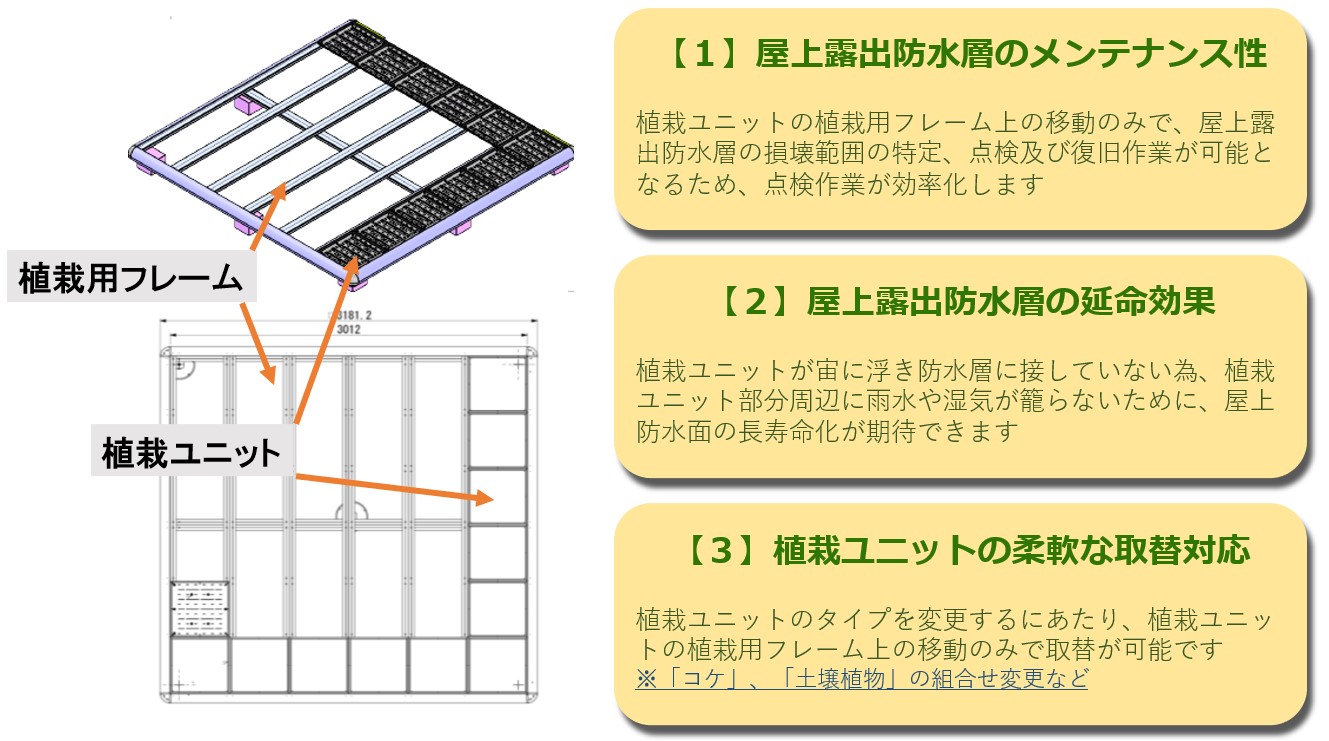2023-10-06 カリフォルニア大学バークレー校(UCB)
◆この手法は、エアコンと天井ファンを組み合わせて使用し、通常よりもやや高い温度に設定したエアコンと、エネルギー消費が少ない天井ファンを組み合わせるもので、熱帯地域におけるエネルギー効率の向上に貢献します。この手法を採用することで、熱環境の快適さを損なうことなく、エネルギー消費を大幅に削減できるという研究結果が示されました。
<関連情報>
- https://citris-uc.org/hybrid-cooling-leads-to-significant-energy-savings-in-tropical-office-buildings/
- https://www.sciencedirect.com/science/article/pii/S0360132323007011
シンガポールのファン付きゼロエネルギーオフィスビルにおける省エネルギーと熱的快適性 Energy savings and thermal comfort in a zero energy office building with fans in Singapore
Michael G. Kent, Nam Khoa Huynh, Asit Kumar Mishra, Federico Tartarini, Aleksandra Lipczynska, Jiayu Li, Zurami Sultan, Edwin Goh, Giridharan Karunagaran, Arulmani Natarajan, Asiri Indrajith, Ivanna Hendri, Komang I. Narendra, Vicky Wu, Noel Chin, Chun Ping Gao, Majid Sapar, Alvin Seoh, Nur Shuhadah, Selvam Valliappan…Stefano Schiavon
Building and Environment Available online: 2 August 2023
DOI:https://doi.org/10.1016/j.buildenv.2023.110674
Highlights
•We raised the setpoint from 24 to 26.5 °C and provided supplementary air movement.
•Elevated air movement reduced cooling energy requirements by 32%.
•No negative impacts to thermal preference or thermal satisfaction were found.
•Overcooling was reduced from 33 to 9%.
•Perceived air-staleness and self-reported productivity were unaffected.
Abstract
Elevated air movement produced by fans can offset air-conditioning energy requirements by allowing temperature setpoints to be raised without compromising thermal comfort. These advantages are even greater in hot and humid climates that inherently have large and sustained indoor cooling requirements. Few studies have assessed the in-situ benefits of fans in actual buildings. We installed ceiling and desk fans into a Zero Energy office building (675 m2) in Singapore. Across an 11-week period, 35 occupants alternated between two conditions (no fan vs. fan): 24 °C setpoint with fans off, and 26.5 °C setpoint with fans on. When the temperature setpoint was raised and elevated air movement was provided, a 32% energy reduction was obtained. The energy savings accrued without any negative impacts occurring on thermal satisfaction. Overcooling caused by thermal preference to slightly warmer and warmer conditions was substantially reduced from 33 to 9%. No changes in perceived air-staleness or self-reported alertness and ability to concentrate occurred either, indicating parity across the no fan and fan conditions. Although occupants primarily relied on ceiling fans at the 26.5 °C setpoint, they were by default on at the beginning of each day, giving less incentive to use the desk fans. Our study took place in a high-performance Zero Energy building, whereby thermal dissatisfaction was already low (7%). Therefore, notable changes did not occur, but significant improvements to thermal comfort could still occur in buildings that are unable to maintain high levels of thermal satisfaction.
Graphical abstract



